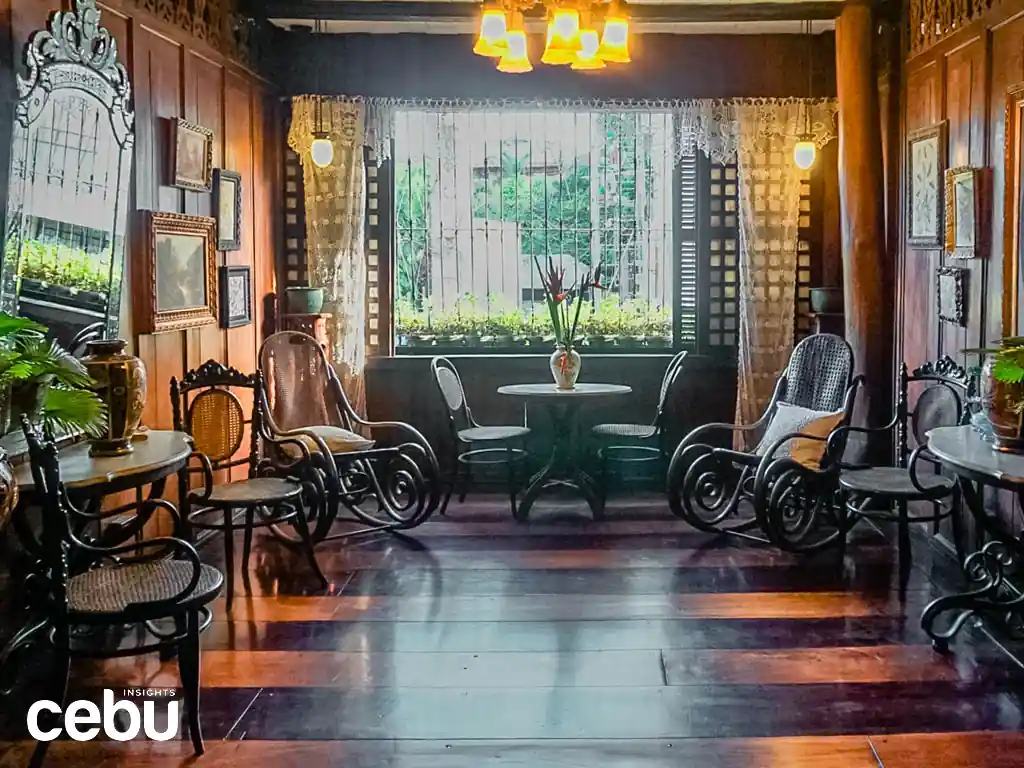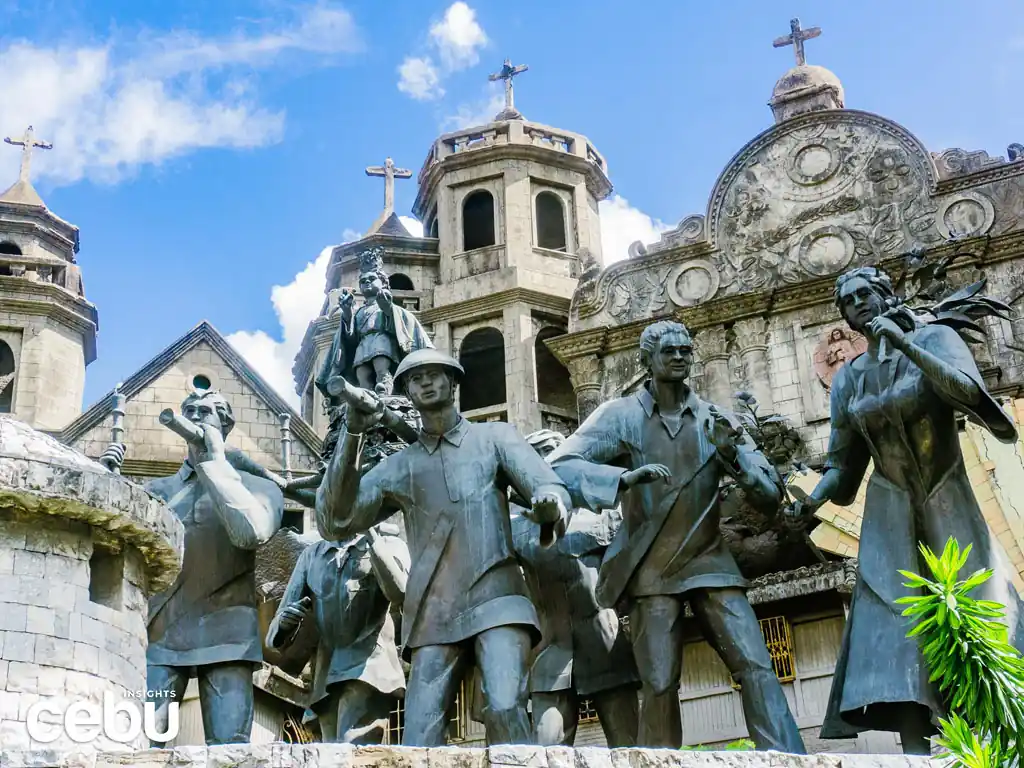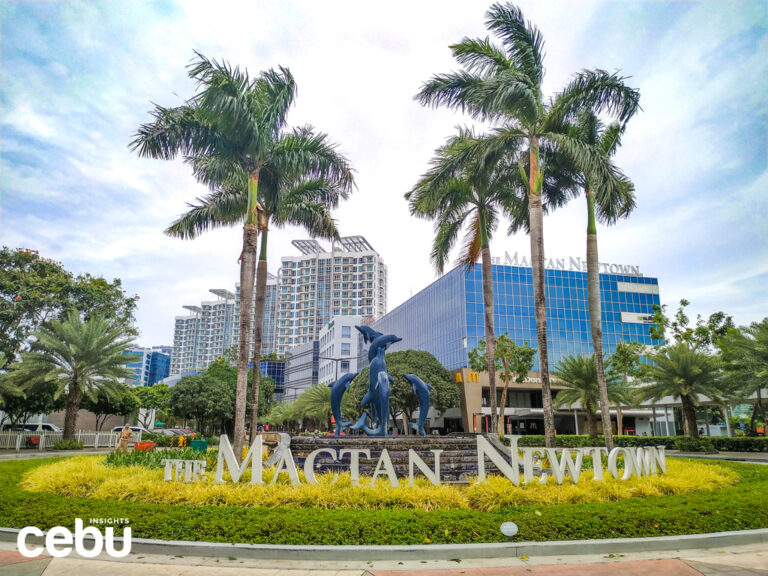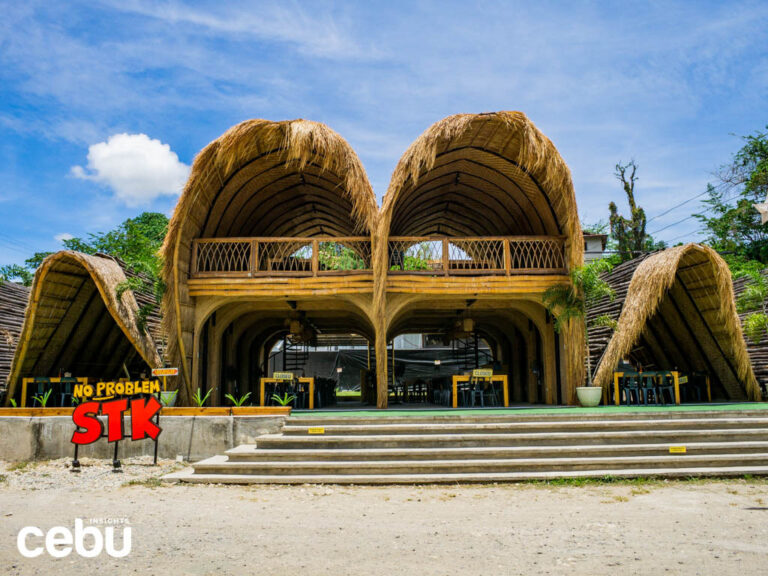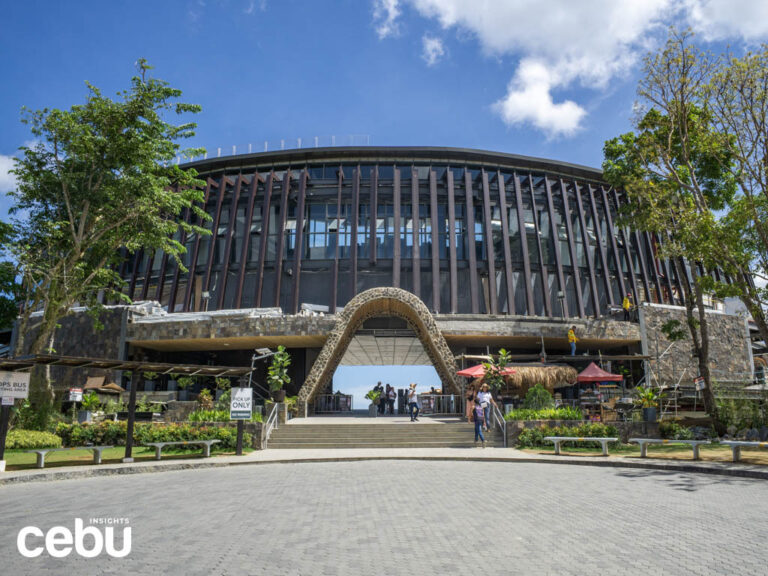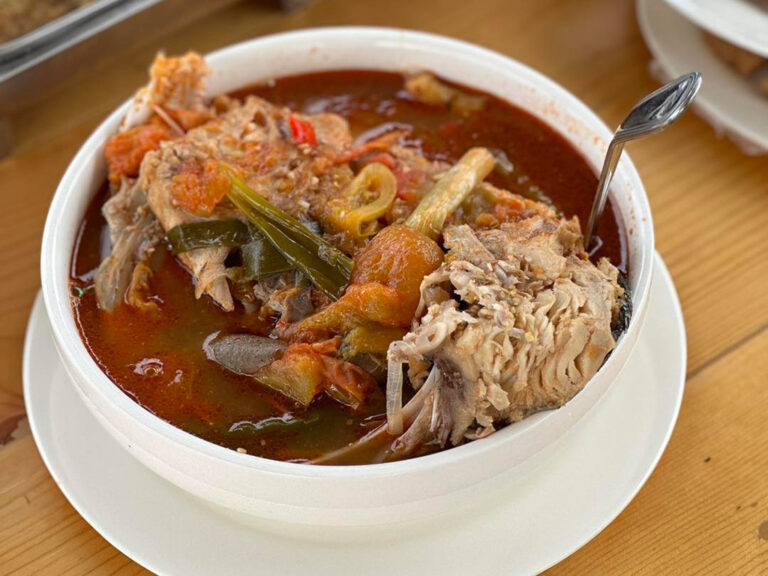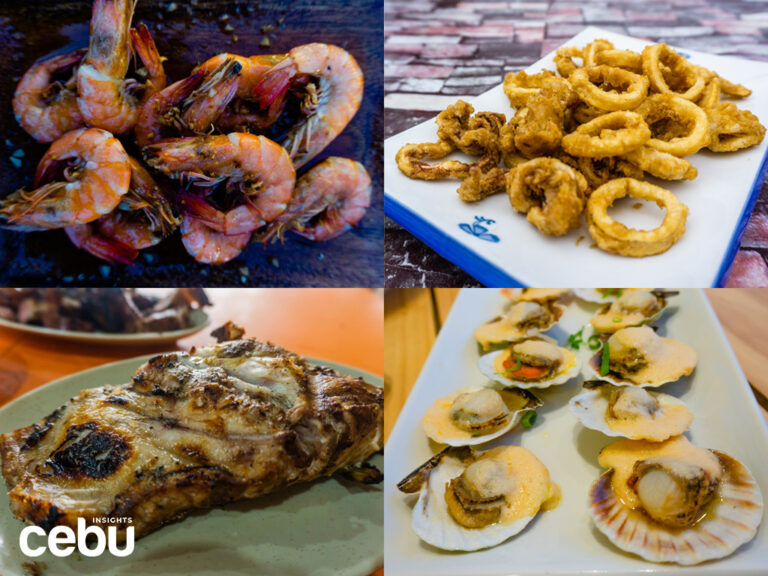Your trip wouldn’t be complete without visiting these Cebu heritage sites.
Cebuanos are very proud of their heritage. From their food, their music, their attitude, their religion, and overall culture, Cebu heritage remains strong and proud. And all this could be traced to the city’s history.
To this day, locals and foreigners alike flock to Cebu City’s historical sites to discover facets of the city. If you are still coming up with your Cebu itinerary, your list of things to do in Cebu should include visiting these historical attractions:
MAGELLAN’S CROSS
Get a glimpse inside the Magellan’s Cross.
Cebu’s history is deeply tied to Ferdinand Magellan. His arrival paved the way for Christianity as the major religion in the country. The famous explorer planted the cross to signify that Catholicism arrived in the country and as a sign of goodwill to the natives.
You can find Magellan’s Cross in between Cebu City Hall and Basilica Minore del Santo Niño de Cebu, so you don’t have to worry too much on how to get there. You won’t be able to see the actual cross. Once inside the kiosk, what you actually see is the cross’s wooden case. This case was created to protect the integrity of the cross.
You’d think a sensitive and historical piece would be housed in a very secure location. But the kiosk that houses the cross is quite open. You can freely go in and out without a fuss.
And once you’re done checking out the cross, there’s lots more to do. You can head to the Basilica next or just sample some of the Cebu food from nearby vendors. And for the price of a candle, you can ask a devotee to offer a prayer for you.
CASA GORORDO
One of the most famous Bahay na Bato, Casa Gorordo.
For more than 300 years, the Philippines was under Spanish rule and traces of Spanish influence persists to this day. You can still find several ancestral homes that have been around during that time.
One of the most well-known heritage houses in the city is Casa Gorordo. Built during the 19th century, the house was originally owned by Alejandro Reynes y Rosales but was later purchased by Juan Isidro de Gorordo (the house’s namesake).
Four generations of the Gorordo clan lived in the house from 1863 to 1979 (with one of the members as the first native Cebuano bishop in the city, which explains why it is right next to the Cebu Metropolitan Cathedral). The house was eventually purchased by the Ramon Aboitiz Foundation and converted into a heritage museum.
Amazingly, the house remains sturdy to this day and retains a lot of its old Spanish furniture. So if you’ve ever wondered what life was like back then, you should visit this house.
TAOIST TEMPLE
Reflection of Chinese heritage in Cebu
The Filipino-Chinese community in Cebu has a major presence in the city. Not only do they contribute to the city’s economy, but also its culture. And the most obvious reflection of that is the Taoist Temple.
This temple was built during 1979 and serves as a place of worship for Taoist devotees. However, they also grant access to non-believers, which is partly why it’s been a major attraction. All in all, there are three major temples, but only two can be visited by the viewing public.
The Filipino-Chinese community certainly highlighted their heritage through the temple’s design. The entrance was modelled after the Great Wall of China and the 81 steps leading to one of its three temples symbolizes the 81 chapters of Taoist scriptures.
This temple is not only a reflection of how significant Chinese influence is in Cebu, but also how strong the bond is between the locals and the Filipino-Chinese community.
USC MUSEUM
The University of San Carlos is primarily known as the oldest school in the country. But not many know that it runs one of the most complex museums in the city.
You can find the museum on the main campus (along P. Del Rosario Avenue) and comprises four sections, namely the Spanish Colonial Gallery, the Archaeological Gallery, the Ethnographic Gallery and the Natural Science Gallery.
The museum was the brainchild of Fr. Rudolf Rahmann back in 1967. A lot of the relics displayed inside are from the archaeological expeditions funded by the university. Those efforts managed to collect some unique finds, such as the relics of early Cebuano settlers, antique pieces from the Spanish era, and a collection of preserved insects and animals.
Not only you would find more about the city’s history, but also facets, such as the flora and fauna.
HERITAGE OF CEBU MONUMENT
Heritage of Cebu Monument perfectly captures the essence of the city.
No other piece of art better captures the history and culture of the city than the Heritage of Cebu Monument. This massive statue is actually a tableau of significant events, landmarks, figures, and icons, fittingly erected in Parian district.
This massive statue was commissioned by (along with contributions from affluent individuals) Senator Marcelo Fernan from local artist Eduardo Castrillo. Creation of the statue officially started in 1997 and ended in 2000.
The materials used were a combination of cement, bronze, and steel, giving the piece its distinct polished gray look. But when you look closer, the details of each icon is intricate that you’d think it was made from more malleable materials.
When you look at this structure, not only do you get a glimpse of Cebu history and culture, but also its superior artistry.
Extra trivia:
In the Philippines, a parian is a commercial district mainly composed of Chinese traders. Before the Spaniards came, they were free to trade their goods anywhere. But during Spanish rule, the colonizers feared an uprising from non-Catholic Chinese and relegated them to a certain area. This was done to isolate them from the rest of society.
Despite having a limited scope, the Chinese traders in the Cebu Parian flourished and greatly contributed to the city’s economy. So much so that it caught the interest of some elite members of society and the district eventually became home to some of Cebu’s founding families. Aside from the Casa Gorordo, here you can also visit the Yap-Sandiego Ancestral Home and Parian Museum.
Cebu heritage owes a lot to the city’s rich history. If you want to find out just how rich it is, make sure to visit these sites.



